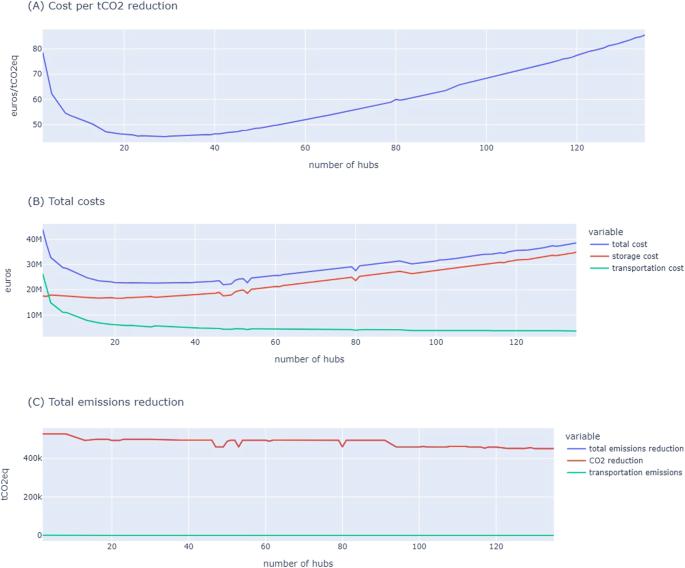Spatial optimization of circular timber hubs
IF 8.8
Q1 ENVIRONMENTAL STUDIES
引用次数: 0
Abstract
In the European Union, construction is responsible for 36% of CO2 emissions and 40% energy consumption. The reuse of construction materials has been receiving increasing attention, including regulations established by the European Union, and cities establishing goals to reuse construction materials. This is the case for Amsterdam, which established the goal of reusing 50% of construction materials in new construction by 2030. Part of the challenge of reuse of construction materials in urban areas is to optimize the waste-to-resource loops: finding the optimal scale and location for circular construction hubs—facilities that collect, store, and redistribute construction waste as secondary construction materials. In this paper, we use the supply and demand of timber construction materials in Amsterdam as a case study to find the optimal scale and location for construction hubs. We used the spatial simulated annealing algorithm as an optimization method for balancing the trade-off between small and large-scale hubs, using cost-effectiveness to compare potential locations and identify the optimal solution. We found that the optimal number of hubs for our study area is 29, with an average service radius of 3 km. This study has implications for policymakers, urban planners, and companies seeking to implement circular economy principles.

环形木材枢纽的空间优化
在欧盟,建筑业占二氧化碳排放量的 36%,占能源消耗的 40%。建筑材料的再利用受到越来越多的关注,包括欧盟制定的法规和城市制定的建筑材料再利用目标。阿姆斯特丹就制定了到 2030 年在新建筑中重复使用 50% 建筑材料的目标。城市建筑材料再利用面临的部分挑战是如何优化从废物到资源的循环:为循环型建筑中心(收集、储存和再分配建筑垃圾作为二次建筑材料的设施)找到最佳规模和位置。在本文中,我们以阿姆斯特丹的木材建筑材料供需情况为案例,寻找建筑中心的最佳规模和位置。我们使用空间模拟退火算法作为一种优化方法,在小型和大型枢纽之间进行平衡取舍,利用成本效益对潜在地点进行比较,并确定最佳解决方案。我们发现,在我们的研究区域,最佳枢纽数量为 29 个,平均服务半径为 3 公里。这项研究对政策制定者、城市规划者和寻求实施循环经济原则的公司都有借鉴意义。
本文章由计算机程序翻译,如有差异,请以英文原文为准。
求助全文
约1分钟内获得全文
求助全文

 求助内容:
求助内容: 应助结果提醒方式:
应助结果提醒方式:


